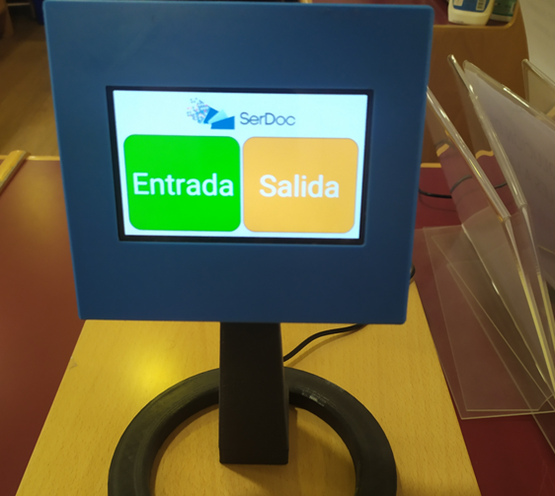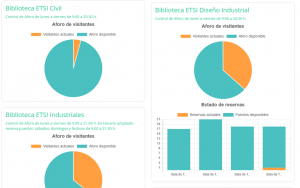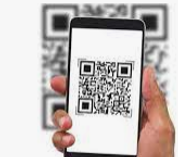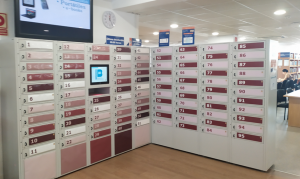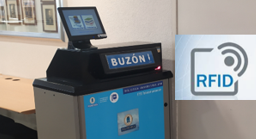How COVID has changed our world. New opportunities for the future? A case study for UPM Libraries
Reyes Albo
Abstract
Delivery services, loan policies, formats, workflows, etc., all of them have changed a lot due to the pandemic situation. The University has adapted itself and has adapted the new situation to students, teachers and researchers. A new way to understand library life has come to stay and old procedures have started to disappear. Only time will tell which of all these measures will stay for the future, but a new view and shape of libraries is here to stay.
Keywords
New devices; New facilities; Library of the future; COVID-19; New trends in libraries; University libraries
Article
Introduction. Facts and figures at UPM
In 2022, the population in Spain is 47 million, of which more than six million people live in the Madrid region and we have 1.6 million students in 75 universities (50 public and the rest, privately owned). Fifteen of these universities are in the Madrid region. Universidad Politécnica de Madrid (UPM) is the only exclusively technical university in Madrid and the largest and oldest technical university in Spain.
UPM was founded in 1971 (but the earliest School has its origin in 1777), the University is an umbrella for 16 Schools and one Faculty, with a budget in 2021 of 409.3 (€million) and public funding 263.3 (€million).
Human resources include 2,900 professors, 1,700 University staff, of which 300 are library staff members, and the number of students in 2022 is of 39,500 (29,200 undergraduates + 10,300 postgraduates), making a total of 44,100 library users.
The University academic offer covers a wide catalogue of course formats, such as accredited bachelor and master degree programs, accredited PhD programs, double degree program agreements with international universities, international exchanges by over 1,800 UPM students every year, cooperation for development groups, and a complete set of sports clubs and associations.
In the field of research, which is one of the main strengths of the University, there are 202 research groups, five research institutes, research centres, with funding of over 40 million euros/year from regional, national and international projects. Developing close partnerships with industry, enterprises, leading companies and promoting start-ups are the core goals of the University. UPM is a partner of the EIT Digital, Health, Raw Materials and Climate Knowledge and Innovation communities.
UPM places the Sustainable Development Goals, SDGs for the UN 2030 Agenda (2015), at the heart of its key fields of action, mainly in research and in academic works.
Short presentation of UPM Libraries and environment
The University library has 16 library branches with 300 librarians, there is no central library, and the ratio is 8.4 students per seat (2021), with a total of 4,700 seats.
The collection has 1,000,000 printed books, 200,000 e-books, 200 databases, 67,000 subscribed e-journals, and a total of 800 laptops available for loan with a budget of €2,500,000.
Regarding transaction data, borrowing transactions are over 52,000/year. If we have a closer look at figures over the last four years, we can see that, in the case of interlibrary loans and e-resources, there is a decrease in numbers for these two services. On the other hand, if we look at electronic resources, such as those relating to downloads and e-journal subscriptions, there is a significant increase in figures, specially relating to 2020 numbers.
Trends
So, we can say there is a strong relationship between interlibrary loan requests (Fig. 1) and electronic resources of any kind: downloads from database contents, general search (including catalogue) and e-journal subscriptions (Figs. 2 and 3).
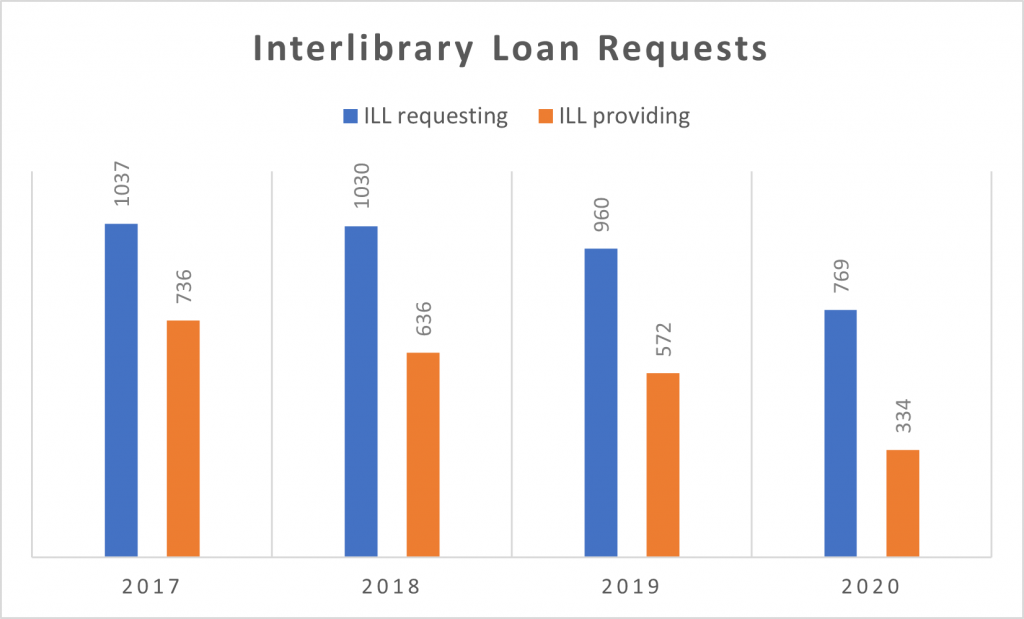
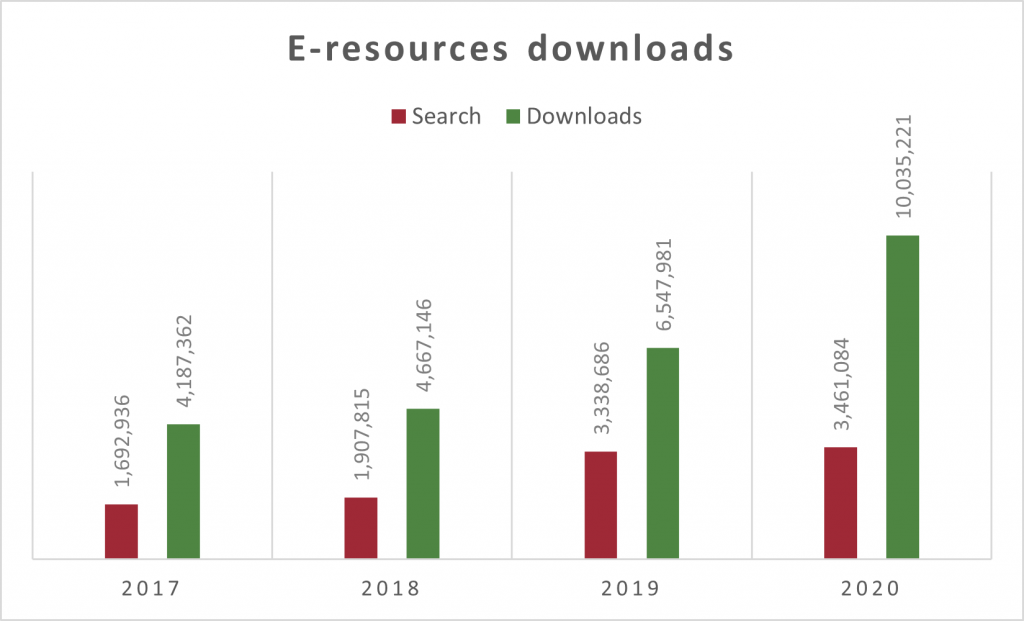
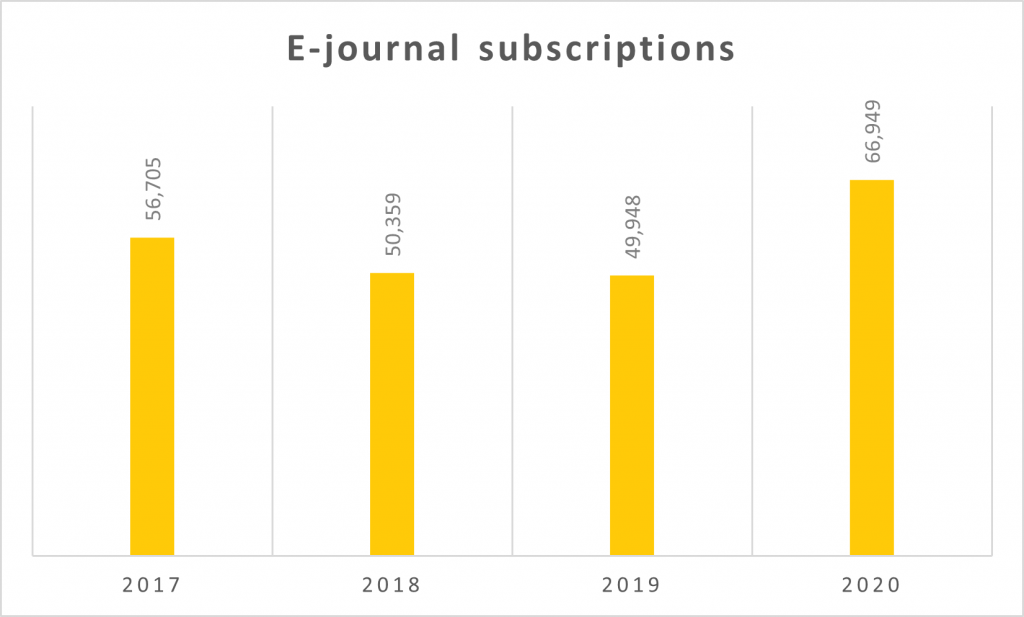
If we look at the latest figures (2021 and 2022), still not officially fully processed today, we can also see that this trend is here to stay among users and that there is a difference between users before COVID-19 and users after COVID-19 (Fig. 4). Also, librarians have changed because society has changed.
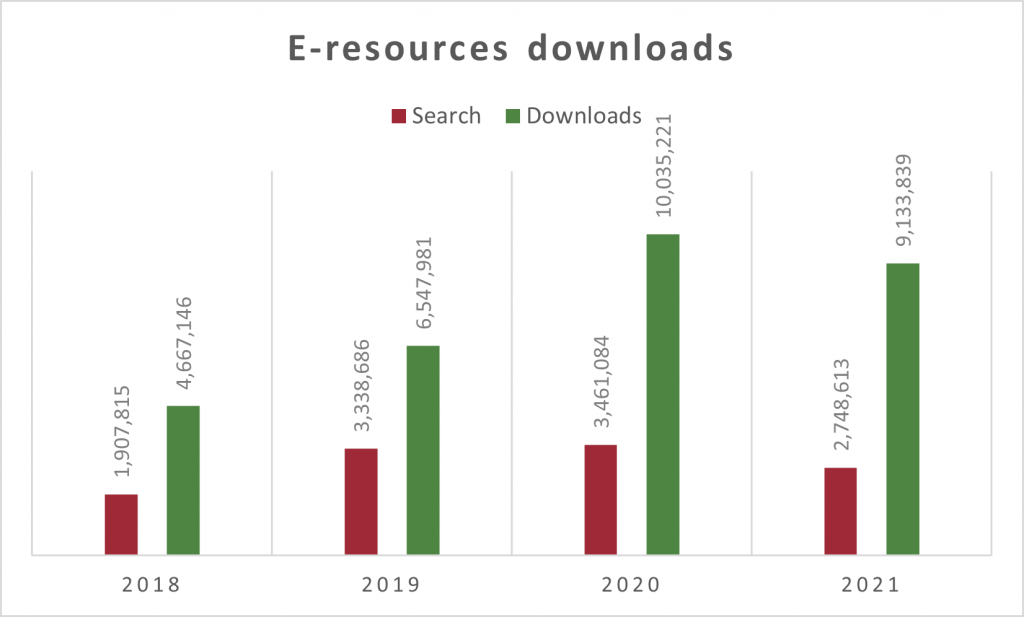
How COVID-19 has changed our daily life and its impact on our libraries
Digitization in organizations has changed our lives (Fig. 5), we live in a changing world where the speed of change in daily life is almost imperceptible and yet we deal every day with new scenarios in different environments, and our libraries are part of this changing world.
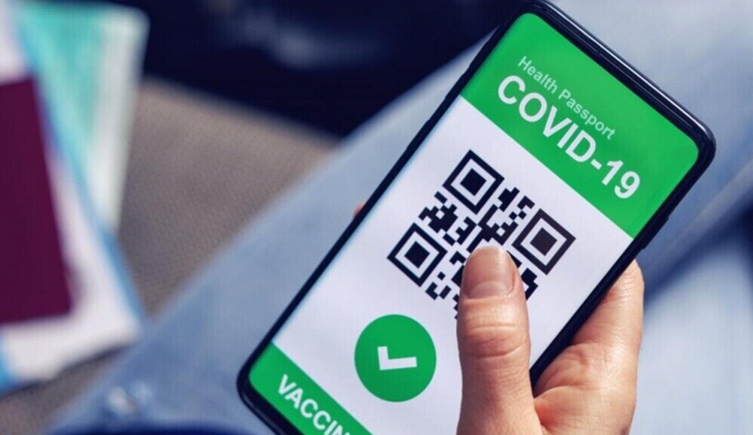
Examples of this include the way people look for new jobs, using online platforms and social media apps (Infojobs, Job finder, Online job, LinkedIn), and extend to include other aspects of life such as:
- new ways of communication (social media, TikTok, Facebook, YouTube, WhatsApp, Instagram, Twitter, etc.);
- new ways of working (home office) (Zoom, Teams, Skype, video apps, etc.);
- new ways of buying (eBay, Amazon, online shopping);
- new ways of travelling (online checking, applications to design your own trip, flight comparators, virtual trips, street views);
- new ways of medicine (E-health, online appointment, online doctor, 3D devices for medicine, distance surgery, etc.);
- new ways of searching (in a connected world, data science, analytics, the world in our hand with smart devices that rule our close environment);
- new ways of learning (using MOOCs, Moodle and online platforms);
- new ways of enjoying oneself (realistic videogames, tv platforms like Netflix, or even the Metaverse which can have wider and wider uses).
So, the truth is that before COVID-19 we were already a long way down the path towards integrating these changes and the foundations for the great change that came with COVID were already laid, even if we didn’t realized it.
The COVID-19 pandemic took place at the same time everywhere in the world and all of us had to face the same problems simultaneously, we all had to rethink our present and our future at the same time, and this made us work in an even more synchronous way.
Libraries did their best, starting with simple needs like using NO PAPER (Figs. 6 and 7). With this kind of decision, and the success of this change, a kind of collective concern related to sustainability was foremost in our minds.
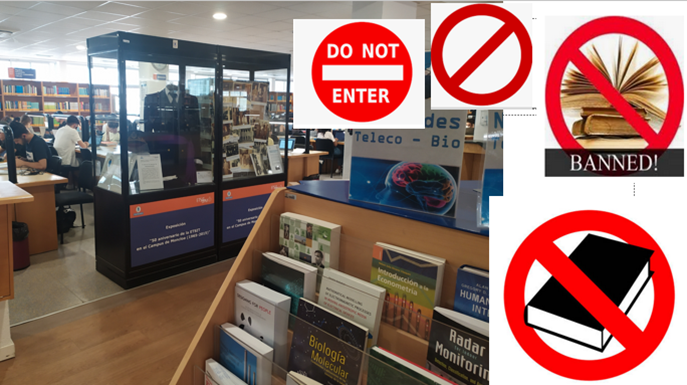
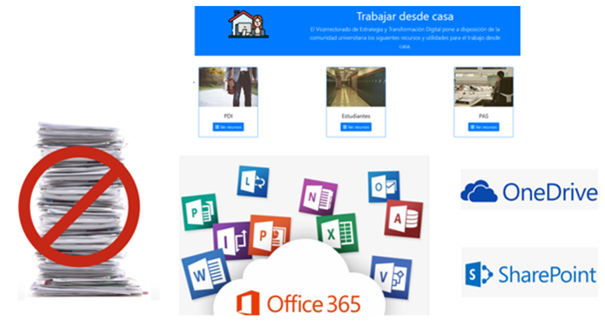
In our case, we got some decisive changes that will stay for the future (Table 1):
- new digital UPM userID (mobile), a long sought-after goal for us and long requested by our authorities. At last, it took actually very little time to create this useful environment for the students;
- new accesses for the library with new security gates;
- new devices like the check-in and check-out machine, where you can register yourself and where we register the library capacity in real time and can be seen online on the website. Same device with different uses: capacity, reservations, check in and check out;
- new devices that can read QR codes, barcodes and other information like logs (in-out);
- new use for laptop lending (long term lending) and home working;
- new self-lending machines and also a 24 hour dropbox with RFID systems;
- new devices to measure CO2 concentration, humidity and temperature.
Conclusions
So, the question could be: What should the library of the future be? To get towards the answer, we might remember the following saying, wrongly attributed to Charles Darwin: “It is not the most intellectual of the species that survives; it is not the strongest that survives; but the species that survives is the one that is able best to adapt and adjust to the changing environment in which it finds itself.”
And the answer to the previous question is that the library of the future will be a space for the user in constant movement and adapting its reality to new environments and a place where librarians and users move at the same speed.
Bibliography
Consorcio Madroño. (n.d.). Acerca de. Retrieved March 15, 2022, from http://www.consorciomadrono.es/acerca-de/
Instituto Nacional de Estadística de España. (n.d.). Population figures. Latest data. Retrieved March 15, 2022, from https://www.ine.es/dyngs/INEbase/en/operacion.htm?c=Estadistica_C&cid=1254736176951&menu=ultiDatos&idp=1254735572981
Red de Bibliotecas Universitarias Española. (n.d.). ¿Quiénes Somos? Retrieved March 15, 2022, from https://www.rebiun.org/quienes-somos/rebiun
Universidad Politécnica de Madrid. (2022). UPM, facts and figures. https://www.upm.es/sfs/Rectorado/Gabinete%20del%20Rector/UPM%20en%20Cifras/brochure2022english.pdf


